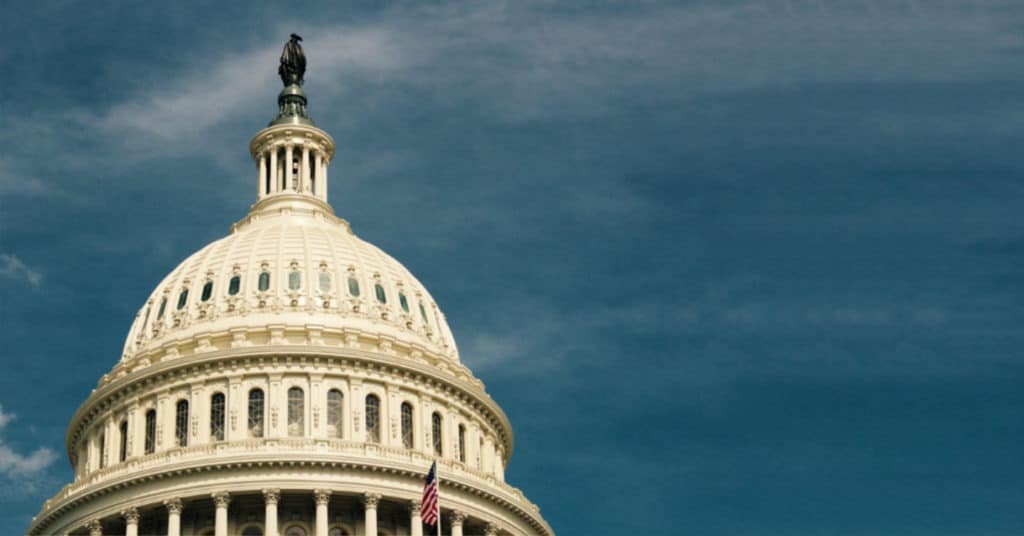The “individual mandate” requires almost all Americans to enroll in and obtain qualifying health insurance or pay a fine when filing taxes. Also known as the “individual shared responsibility payment” or “penalty” — this fine is calculated by the number of months that you don’t have qualifying health insurance.
There are some types of health insurance you can have (like short-term insurance, which we do not recommend or offer) where you are still fined. Also, some people are exempt from the fine based on income or other factors. More on both of these quirks later.
In this article, we’ll focus on changes to the individual mandate, grounds for the fine, how much it costs, plus more.
First, let’s talk about the tax bill…
On December 20, 2017, Congress passed a tax bill (commonly referred to as “the GOP tax bill”) containing future implications for the Affordable Care Act — including an eventual removal of the individual mandate. However, it is important to know that no changes to the ACA, including the individual mandate, will take place in 2018. The current tax penalty for not enrolling in qualifying health coverage will remain in effect, with repeals not taking place until 2019.
What are grounds for a fine?
Under the Affordable Care Act, a fine is assessed for each month you, your spouse, or your dependents are without qualifying health insurance. Qualifying health insurance has to count as “minimum essential coverage”. Plans that count as minimum essential coverage include:
- Any plan purchased through the Health Insurance Marketplace
- Job-based plans including plans for retirees and continued coverage like COBRA
- Medicare Part A or Part C coverage
- Most Medicaid plans
- The Children’s Health Insurance Program (CHIP)
- A parent’s health insurance plan for those under the age of 26
You can learn more about each of these, plus additional qualifying plans, here. Additionally, it is important to be aware of the plans that do not count as qualifying health coverage, such as short-term insurance, hospital indemnity plans, accident insurance, critical illness insurance, workers comp, or coverage for solely dental and/or vision.
How can I avoid the fine?
You can avoid the fine by enrolling in a health insurance plan from the Marketplace. However, the annual Open Enrollment Period has passed, but you can look over these life events to see if you qualify for a Special Enrollment Period.
It’s also possible to be exempt from the fine due to income or life events including homelessness, death of a family member, substantial medical expenses, and many more. See the full list here, and use HealthCare.gov’s screening tool for further clarification on exemptions that may apply to you.
Lastly, if you’re without coverage for under 3 months, you may not have to pay the fine due to a “short gap” exemption. You can find out more here.
How much does the fine cost?
The fine can be substantial, often much more than the cost of a monthly premium!
There are two possibilities here — the fine for 2017 is either a fixed amount or a certain percentage of your household income. The breakdown is as follows:
- 2.5% of household income, paid per uninsured person
- Fixed amount of $695/uninsured adult and $347.50/uninsured child (18 and under)
You will pay whichever amount is higher. The IRS also has a helpful tool for estimating your fine.
What happens if I don’t pay the fine?
You will see it reflected on your tax return. While there are no criminal penalties for not paying the fine, the IRS will withhold the full amount from your future returns until the amount is paid in full.
How do I pay the fine?
You can pay the fine when you file your federal tax return for the year — for you or any dependents who were without coverage. The fine is incurred on a per person basis, required for each member of the household who does not have a qualifying plan.
When it’s time to file, you can calculate how much you owe here — and then report that number on Form 1040 (or 1040A/1040EZ depending on your situation).
How has the fine changed over time?
The fine has changed each year due to inflation. Here’s a breakdown of its increase and how it affects tax returns for the corresponding years:
Tax Year |
Price per uninsured household member |
Percent of total household income |
|
2017 |
$695/adult, $347.50/child |
2.5% |
|
2016 |
$325/adult, $162.50/child |
2% |
| 2015 | $95/adult, $47.50/child |
1% |
If you have any questions regarding the individual mandate or your health insurance options, you can always reach out to the HealthSherpa team!
